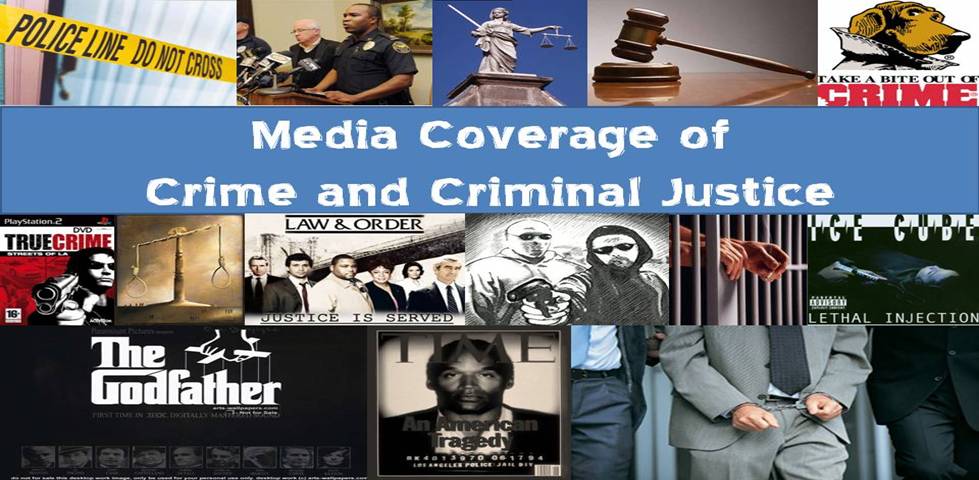From the USA TODAY:
"Drug abusers are exploiting Medicare prescription's benefit to score large quantities of painkillers, and taxpayers have to foot most of the bill, congressional investigators say in a report.
"About 170,000 Medicare recipients received prescriptions from multiple doctors for 14 frequently abused medications in 2008, the Government Accountability Office found in an investigation for the Senate Homeland Security and Governmental Affairs Committee.
"A Medicare recipient in Georgia got prescriptions for 3,655 oxycodone pills — more than a four-year supply of the painkiller — from 58 different prescribers. Another, in California, got prescriptions for a nearly five-year supply of fentanyl patches and pills from 21 different prescribers. Fentanyl is a powerful narcotic used to treat relentless cancer pain.
"The cost of the questionable prescriptions amounted to $148 million in 2008. Overall, taxpayers pay three-fourths of the cost of the Medicare prescription drug program, which covers some 28 million seniors and disabled people for about $55 billion a year."
What I am curious about is where is the context? In the book it is shown that the media often provide no context about the stories they run.
So, for example, what portion is $148 million of the total US budget? In other words, is this a big problem, small problem?
Are there other, even larger problems that are not getting our attention? And do some of them deal with drugs? (hint: the answers are yes on both counts)
Further, where is the discussion about the (in)efficacy of US drug control policy? The US government has programs in place to deal with the problem of doctor shopping--e.g., Prescription Drug Monitoring Programs (PDMPs).
Does this story prove that they do not work? If so, what are the implications for US drug control policy?
These questions are often left unanswered by the mainstream media.


No comments:
Post a Comment